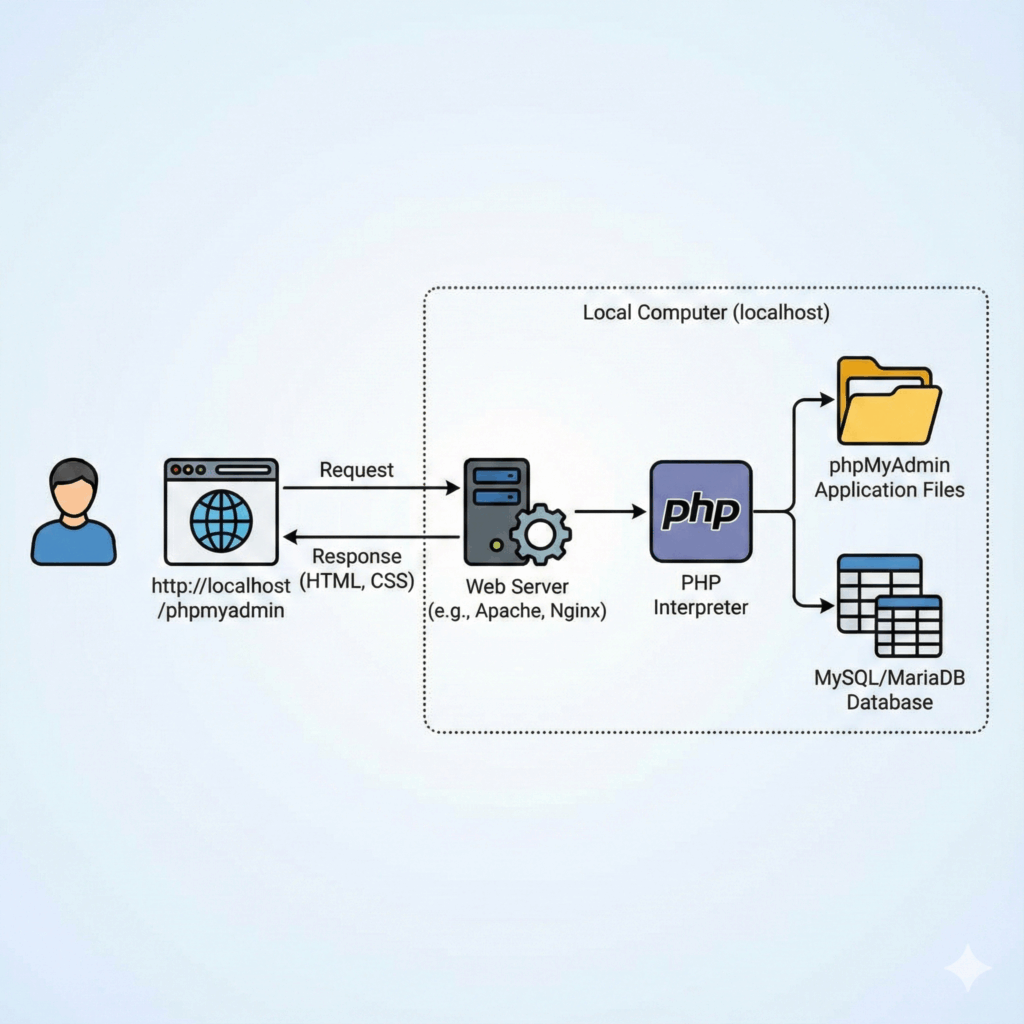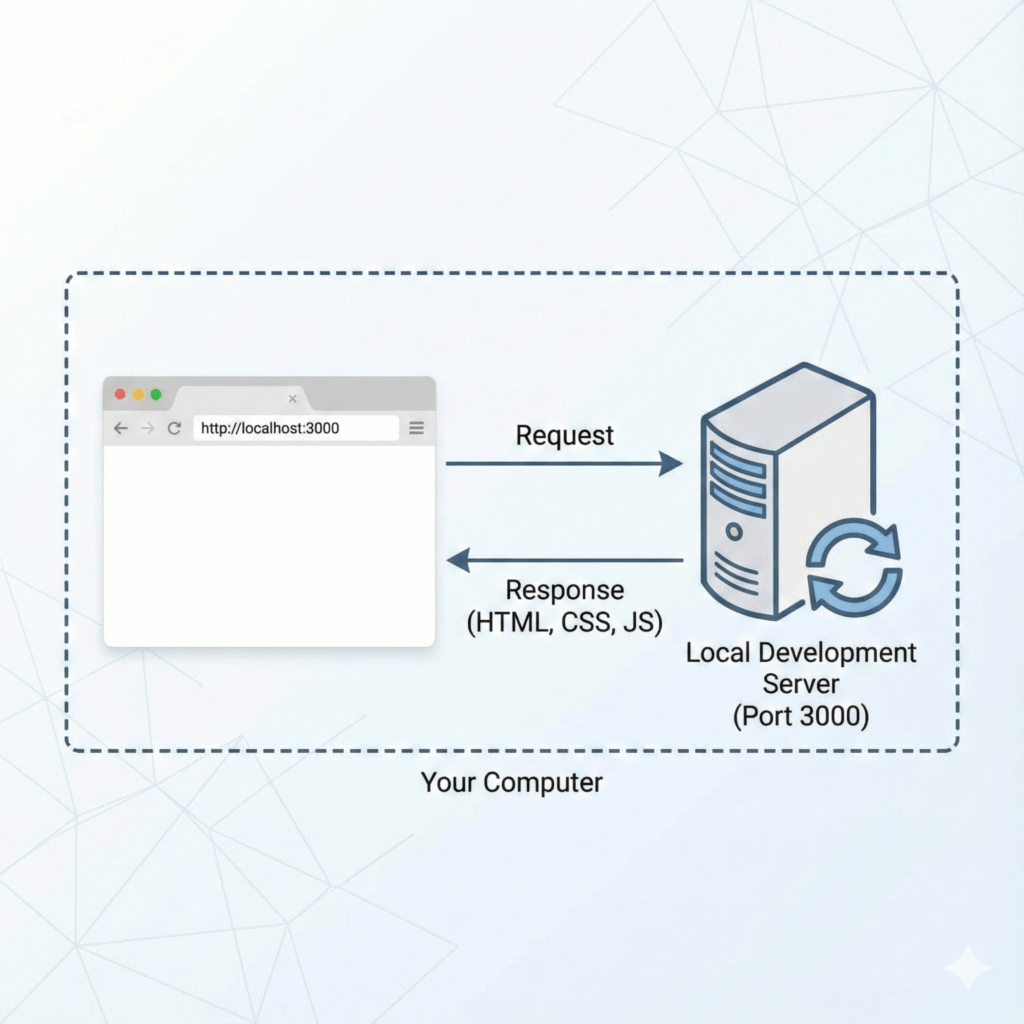Using Docker with databases on your local machine, specifically with Docker DB Localhost, comes with its own set of challenges and opportunities. It’s important to optimize performance in Docker environments for smooth operations. In this article, we’ll share some essential Tips and Tricks to improve performance when working with Docker DB Localhost connections.
Here’s what we’ll be discussing:
- A brief overview of how to use Docker for managing databases locally.
- The importance of optimizing performance in Docker setups.
- Effective strategies and solutions to make Docker DB Localhost operations more efficient.
Accessing Host’s Localhost from a Docker Container
When working with Docker containers, understanding how to access the host’s localhost is essential for seamless communication between services. Here are some key points to consider:
Explanation of “localhost” Reference Inside Docker Containers
In the context of Docker containers, the term “localhost” typically refers to the container itself rather than the host machine. This distinction is crucial when trying to establish connections to services running on the host.
Challenges in Connecting to Host’s Localhost from a Container
Connecting from a Docker container to a database or service running on the host’s localhost poses challenges due to network isolation within containers. The standard “localhost” or “127.0.0.1” references do not automatically point to the host machine.
Utilizing Host’s IP Address or Special DNS Names for Connectivity
To overcome this challenge, Docker provides alternative methods for connecting containers to services on the host machine:
- On Linux platforms, you can use the host’s IP address directly or leverage network modes like
--network="host"for direct access. - For Docker Desktop on Windows and Mac, the special DNS name
host.docker.internalresolves to the internal IP address of the host, enabling seamless connectivity.
By utilizing these methods, you can establish reliable connections between Docker containers and services running on the host’s localhost, ensuring smooth communication across your infrastructure.
Networking Modes and Docker Compose
Networking Modes and Docker Compose play crucial roles in establishing communication between services and managing network isolation within Docker environments. Let’s delve into the key aspects of this topic:
1. Communication within Docker Compose Services Using Hostnames
In Docker Compose, services can communicate with each other by using service names as hostnames. This simplifies the process of connecting different components within a containerized application.
2. Handling Communication Between Containers and Host Machine
Communicating between containers and the host machine requires special consideration. While services within Docker Compose can easily interact using service names, connecting to resources on the host may involve additional configurations like IP addresses or special DNS names.
3. Understanding Network Isolation Implications in Docker
Network isolation in Docker ensures that containers operate independently and securely. By default, ports exposed on the host are not directly accessible inside containers, enhancing security but requiring deliberate port mappings for inter-container or host-container communication.
By grasping how networking modes function in conjunction with Docker Compose and navigating network isolation considerations, you can effectively manage communication flow within your containerized applications.
Common Issues Connecting to Local Databases
When working with Docker and local databases, several common issues can arise, affecting the connectivity and performance of your applications:
1. Connection Errors
- Users often encounter connection errors when trying to establish a connection between containers and local databases.
- Incorrect hostname usage within the Docker environment can lead to connection failures.
2. Authentication Issues
- Authentication errors may occur due to restrictions imposed by host or network permissions.
- Ensuring proper user credentials and permissions are set up is crucial for successful database connections.
3. Port Mapping
- Correct port configuration is essential for facilitating communication between containers and local databases.
- Ports must be correctly exposed and mapped between the host machine and containers for seamless connectivity.
Addressing these common issues is vital for ensuring smooth operation within your Docker environment. By resolving connection errors, authentication issues, and ensuring proper port configurations, you can enhance the performance and reliability of your applications when working with local databases.
Tips for Better Performance and Reliability
When aiming for better performance and reliability in Docker environments, there are key strategies to consider:
1. Benefits of using Docker volumes for database data storage
Utilizing Docker volumes for storing database data offers several advantages:
- Separates data from the container: By separating data from the container itself, you ensure that important information persists even if the container is removed.
- Facilitates easier backups and restoration: This approach also facilitates easier backups, restoration, and sharing of data across containers.
- Improves performance: Additionally, using volumes can improve performance by reducing the I/O overhead on the container filesystem.
2. Optimizing database configurations for enhanced performance
To achieve optimal performance, it’s crucial to fine-tune your database configurations. Adjusting parameters such as cache sizes, connection limits, and query optimization settings can significantly impact the overall speed and efficiency of your database operations. Tailoring these configurations to match your specific workload requirements can lead to a more responsive and reliable database system.
3. Improving system efficiency by minimizing network hops and service placement
Network efficiency plays a vital role in the performance of Dockerized applications. Minimizing unnecessary network hops by strategically placing related services within the same Docker network can enhance communication speed and reduce latency. By optimizing service placement and network configurations, you can create a more streamlined environment that promotes efficient data exchange and resource utilization.
By implementing these tips for better performance and reliability, you can enhance the overall stability and responsiveness of your Docker-based database applications. Combining efficient data storage practices, optimized database configurations, and strategic network management can lead to a more robust and high-performing system architecture.
Tools and Commands for Effective Networking in Docker Containers
1. Networking Commands
Using commands like docker run --network=host allows containers to share the host network stack, enabling direct communication with services on the host machine.
2. Inter-container Communication
Simplify communication between containers by leveraging docker-compose service names as identifiers for inter-container connections.
3. Service Names
Enhance application development by utilizing proper networking tools and commands to streamline communication and improve network efficiency within Docker environments.
Conclusion
Proper handling of networking nuances plays a critical role in achieving smooth application development and significant system performance improvement when working with Docker and local databases. Misconfigurations can lead to frustrating connection issues, slower response times, and unreliable setups.
Key takeaways include:
- Correctly referencing the host machine from containers avoids common pitfalls.
- Choosing the right networking mode enhances communication efficiency.
- Leveraging Docker volumes and optimized database settings boosts reliability.
- Using appropriate tools and commands simplifies network management.
Exploring docker db localhost in depth unlocks the full potential of containerized environments interacting with local databases. Experimenting with these techniques will help you build faster, more stable applications that scale well across different systems. Keep refining your configurations to harness the power of Docker networking effectively.



